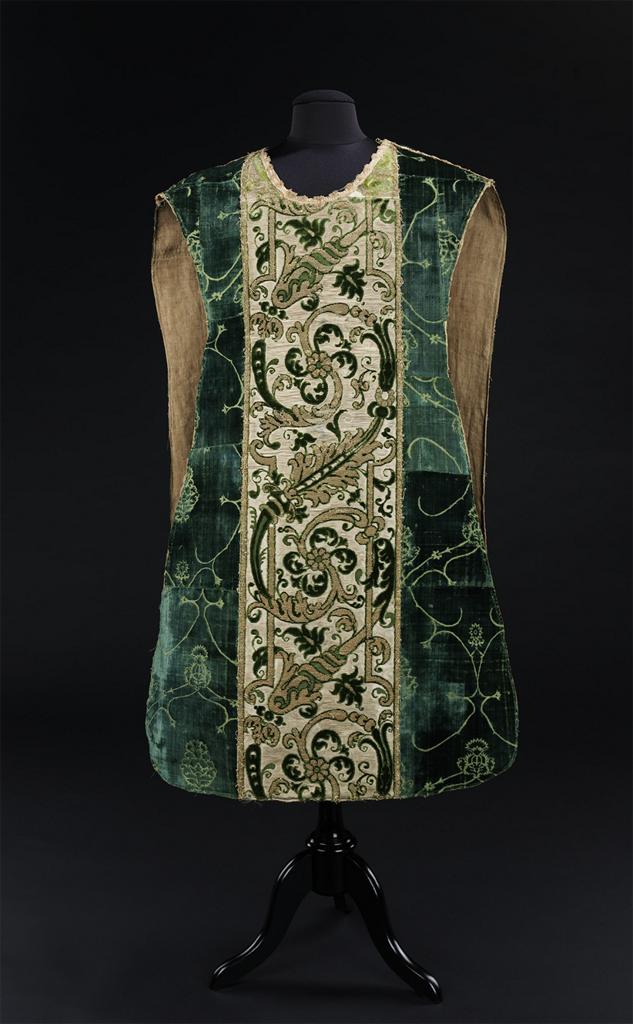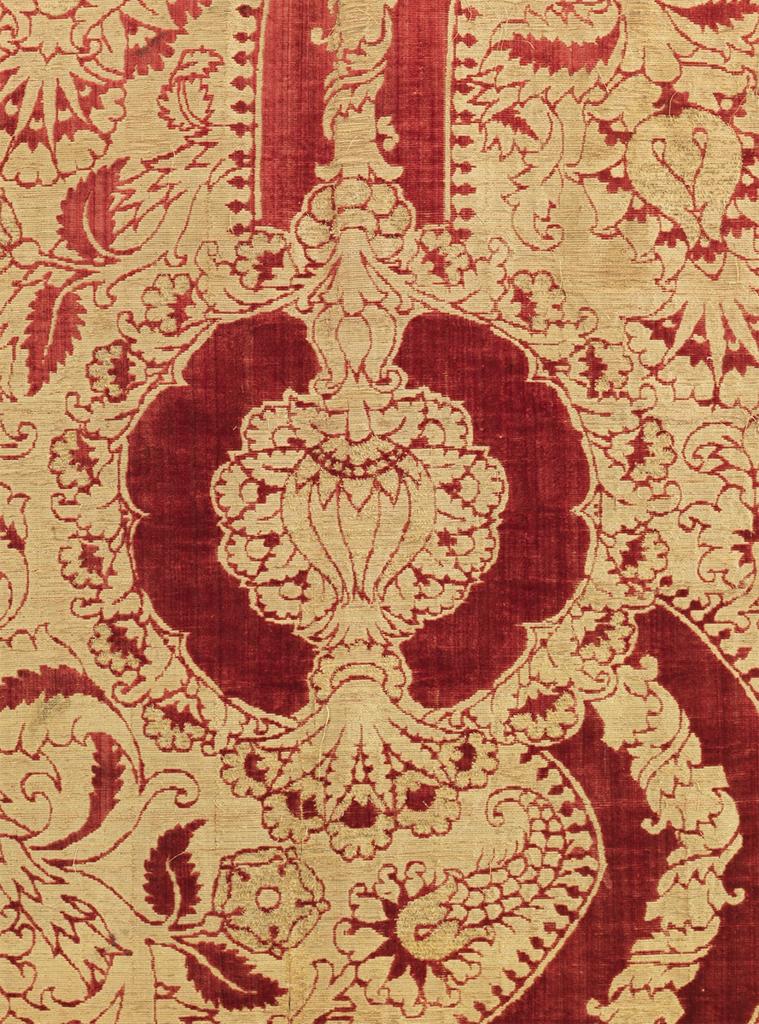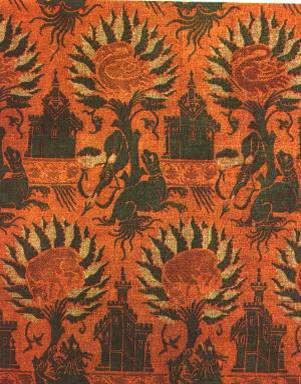Dress was an extremely important concern for clerics and royalty during the medieval period. Symbolic motifs and choices of attire, which were often dependent upon the occasion, expressed a person’s status and responsibility within a community. What is interesting to consider, however, is the cross-cultural interactions that these textiles reveal between different ethnic groups and genders. Many textiles and raw materials often came from the East, even during times when tensions between East and West were high. Thus, medieval dress reveals a stronger cultural connection between the two regions than might have seemed likely at the time.
The existence of textiles also signals crucial interactions between genders during the medieval period, strongly activating the woman’s role within the political realm. Noble women often presented high-status men with textiles as a gesture of their allegiance and financial support and so imbedded themselves into the political realm.
The nuances of these situations, of course, are much more complicated than presented here, but considering how few medieval textiles have remained intact over the past thousand years, those that are extant provide the occasion to reconsider some of the social and political boundaries that seem to define the common consensus of the medieval period.
Further Reading:
Maureen C. Miller, Clothing the Clergy, Virtue and Power in Medieval Europe c. 800-1200 (Ithaca, New York: Cornell University Press, 2014).
Coronation Mantle of Holy Roman Emperors, c.1133-34, Muslim artisans in Palermo, silk and gold embroidery, pearls, gemstones, cloisonné enamel.
Chasuble, c. 1400s, Genoa, Italy, silk.
Cope, c. 1400s, Italy, silk.
Textile, 1300s, Italy.
Textile, 1300s, Lucca, Italy, silk.







